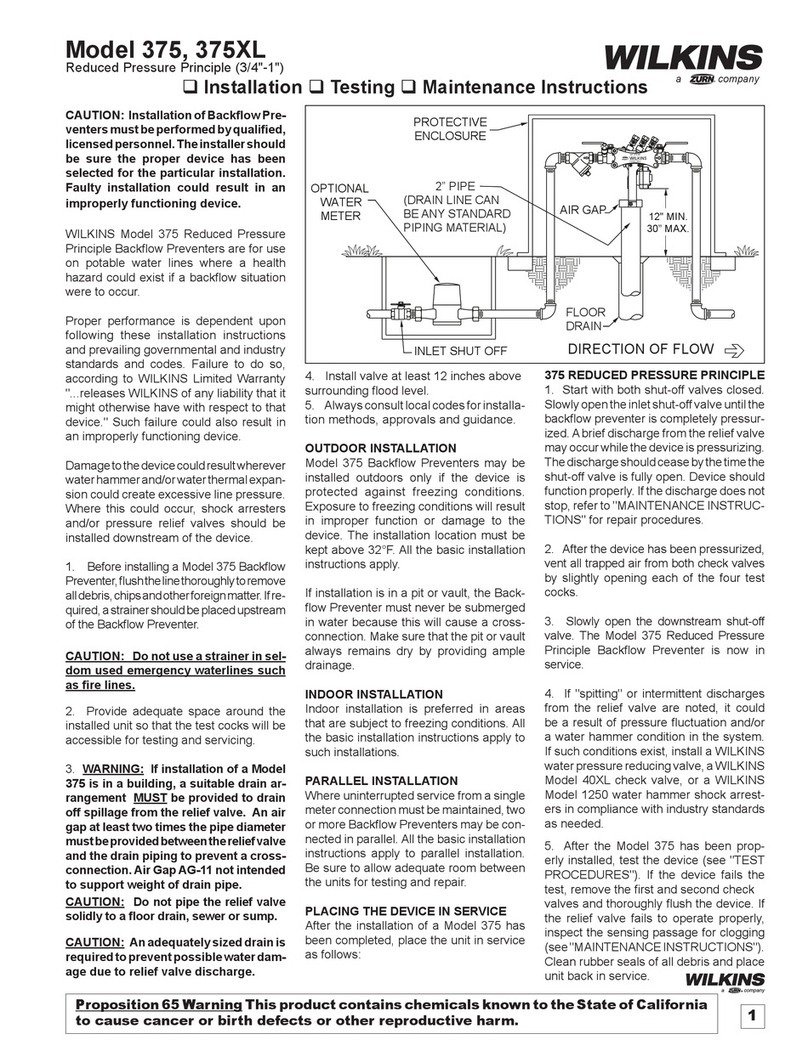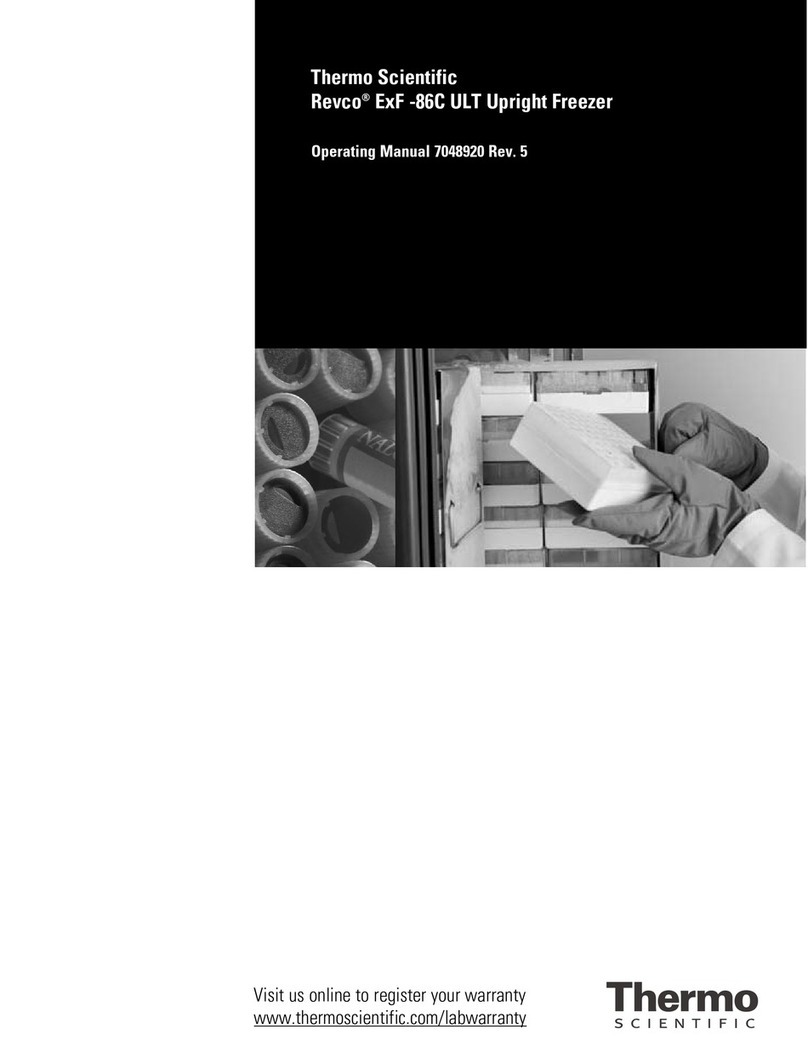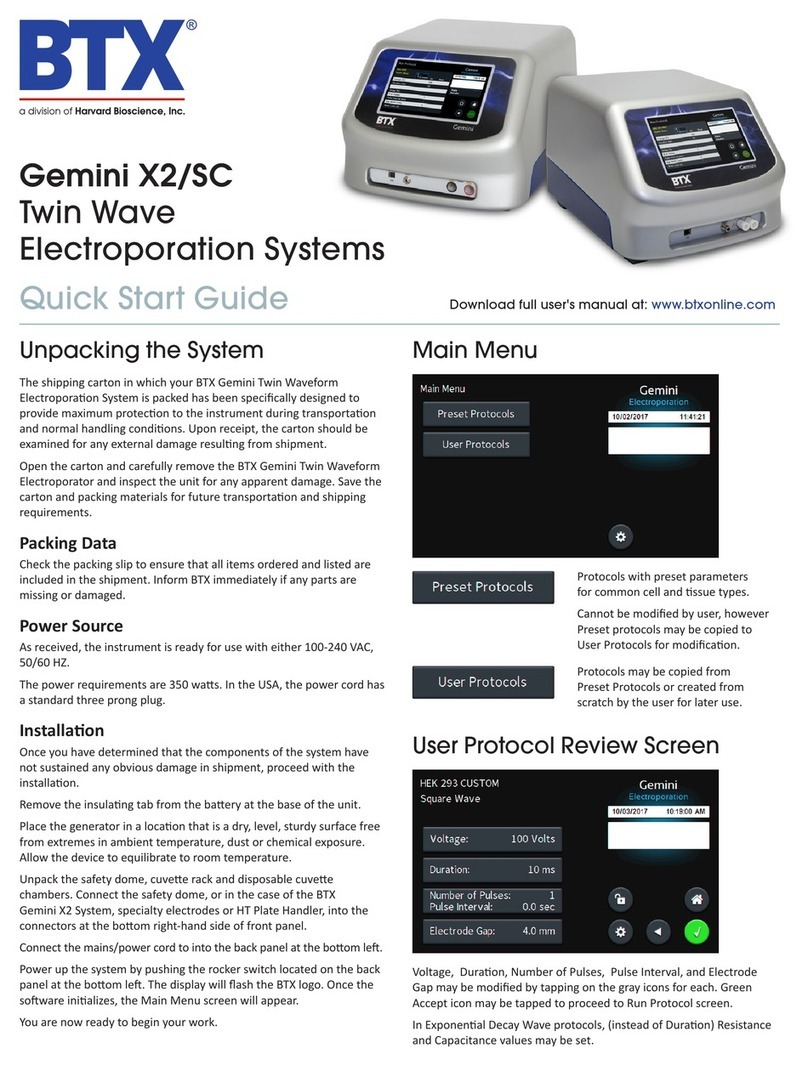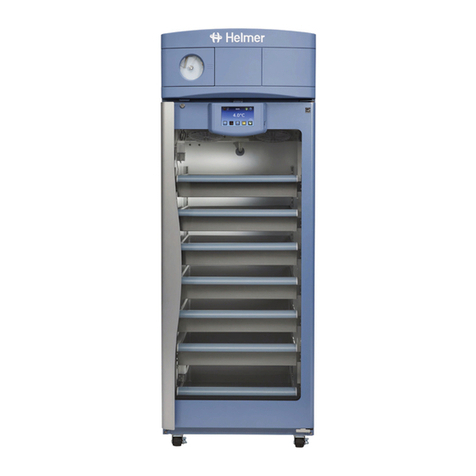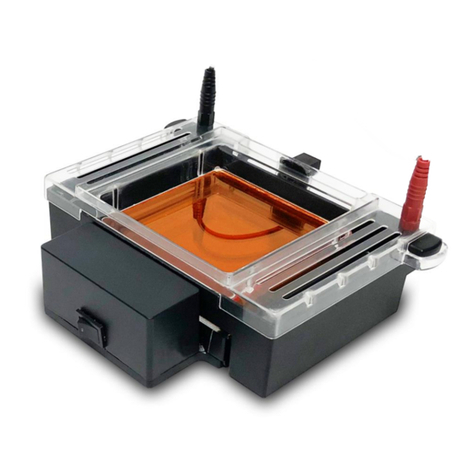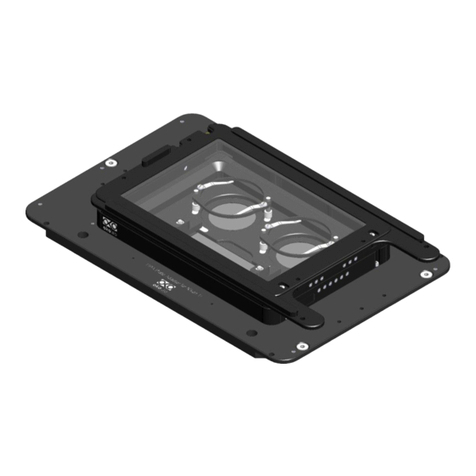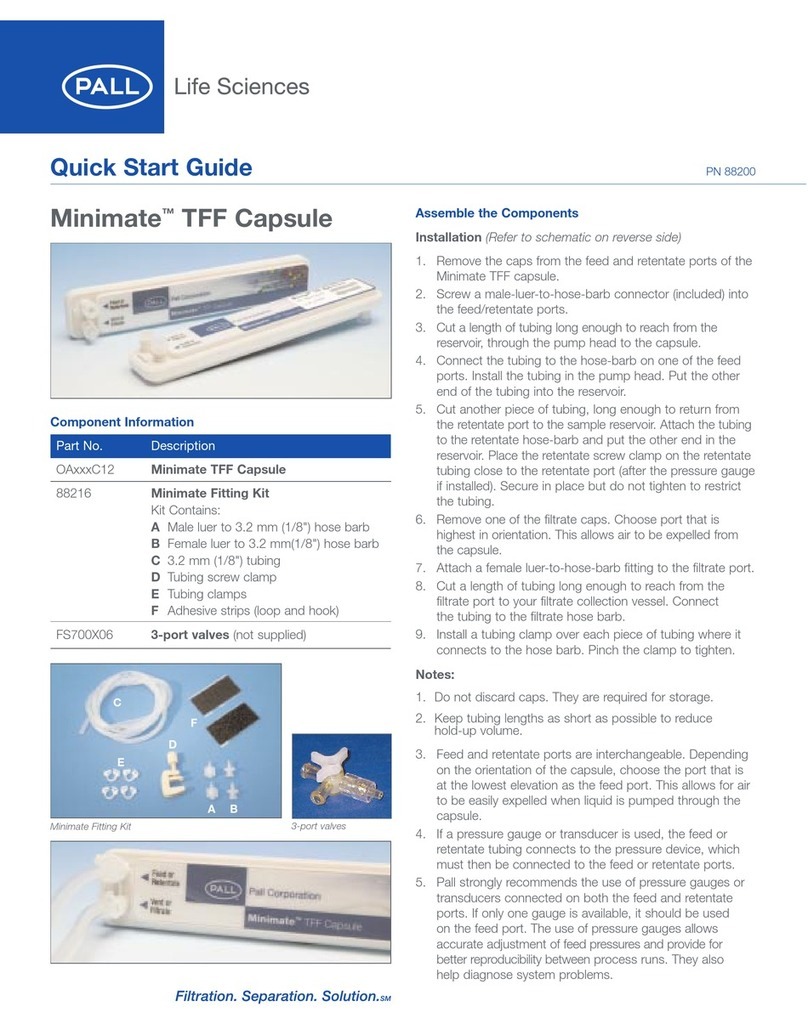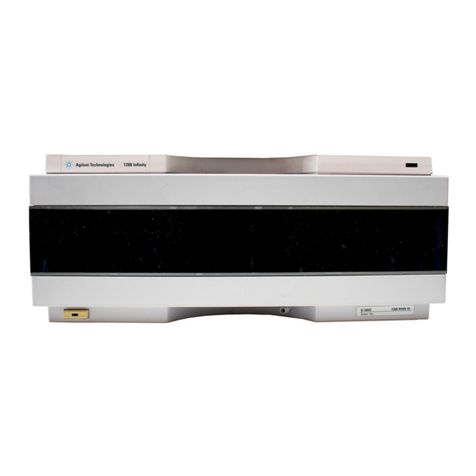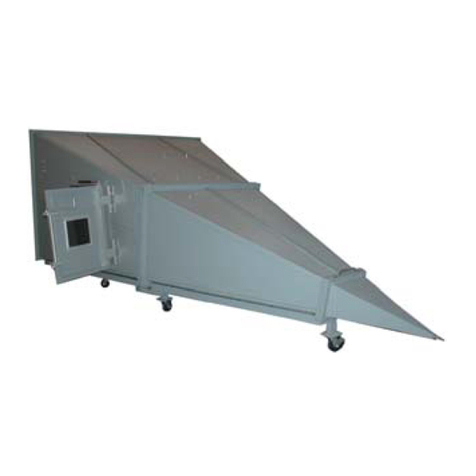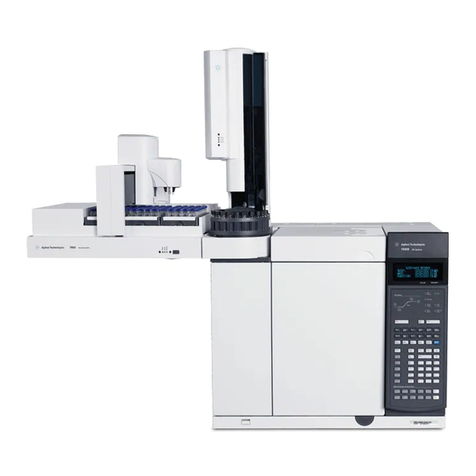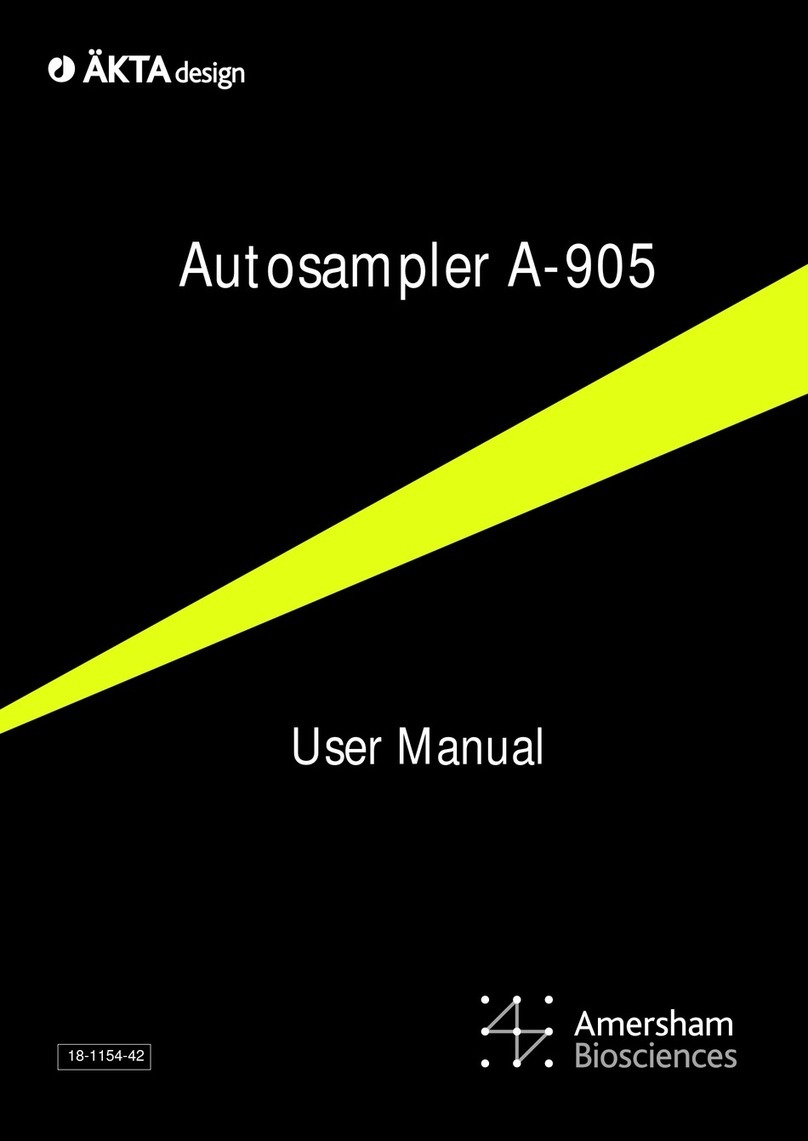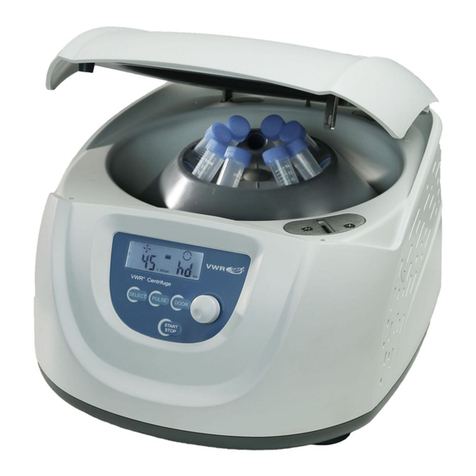5
FuturaSun srl –The specifications in this manual are subject to revisions without further notice
This document applies to modules Silk®Plus Duetto / Silk®Premium Max Duetto series.
•Do not lift themodules at the connectors or
junction box!
•Do not install or handle the modules when
they are wet or during periods of high
winds.
•Do not use oil-based lubricants on any part
of the junction box as this can cause long-
term damage to the plastics.
•Ensure that wire cable connections are
routed in accordance with the junction box
manufacturer’s recommendations.
Incorrect routing of the wire cable can lead
to stress damage to the junction box.
•The minimum cable diameter for the
modules intended for field wiring is 4 mm².
•Please use the connectors following your
national regulation: i.e. in some countries
it is required to use always the same
connector in the entire system Please
contact Futurasun to know the exact
connector type used in the module you
have purchased.
•FuturaSun Duetto series use various
connector suppliers, please ensure with
your local FuturaSun representative the
correct voltage rating of the connectors for
your system.
•The rated voltage for the connectors must
be 1500V for 1500V systems and the rated
current ≥ 30 A.
•The cross section for the connector is 1 x
4,0 mm².
•Do not leave cable connectors exposed in
adverse climatic conditions. Water and
dust deposits inside the cable connectors
can cause long-term damage.
•Broken module glass, a torn back sheet,
a broken junction box or broken
connectors are electrical safety hazards;
consequently, contact with a damaged
module can cause electric shock.
•Fire ratings: Spread of Flame and Burning
brand Fire Class C (acc. to UL
61730/UL790). Ignitability Test Class E
(acc. to IEC 61730-2).
•The total voltage of modules connected in
series corresponds to the sum of the
voltages of the single modules; whereas
connecting the modules in parallel results
in adding up the currents. Consequently,
strings of inter-connected modules can
produce high voltages and high currents
and constitute an increased risk of electric
shock and may cause injury or death.
•Modules shall not be connected in series
to create strings with a higher voltage than
the maximum system design voltage
and/or the maximum range allowed by the
inverter and/or the safe operational
voltage range of safety devices
/switchgears composing the system, in the
environmental conditions the system will
be installed.
•For installation, maintenance, or before
making any electrical connection or
disconnection, ensure all modules in the
PV array are exposedto a light intensity
that is less than 400 W/m2!! If necessary,
the modules should be covered with an
opaque cloth or other material in order to
shield them from exposure to light intensity
greater than 400 W/m2.
6a) Fire Risks
•Solar panels are designed and
manufactured to meet stringent safety
standards and minimize fire risks.
However, risks can be further reduced
through good periodic cleaning of the
panels (see section 8d) and regular
inspection of the system with an
infrared camera and/or a portable
electroluminescence device. Especially
after events such as heavy hail storms,
or other extreme environmental
phenomena. On the other hand, it is
important to recognize that improper
installation, maintenance or use can
instead increase the risk of fire. To reduce
the risk, the following guidelines should be
followed:
1. Ensure proper installation by professional
installer in accordancewith local electrical
codes and installation manual, improper
installation mayresult in electrical faults or
damage to the system.
2. Regular maintenance this include
checking loose connections, damaged
cables or signs of degradation and any
abnormalities should be promptly
addressed to prevent fire hazards.
3. Temperature monitoring to detect any
abnormal heat generation, as excessive
heat can lead to electrical malfunction.
Monitoring equipment used shall be
regularly maintained calibrated.
4. Ensure that the system has electrical
protection in terms of circuit breakers,
fuses and surge protection devices.

















